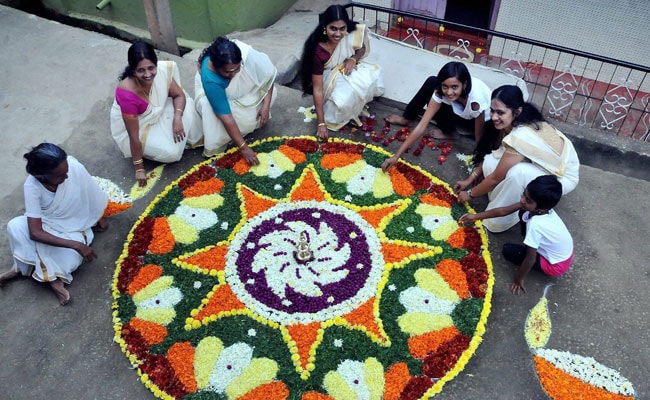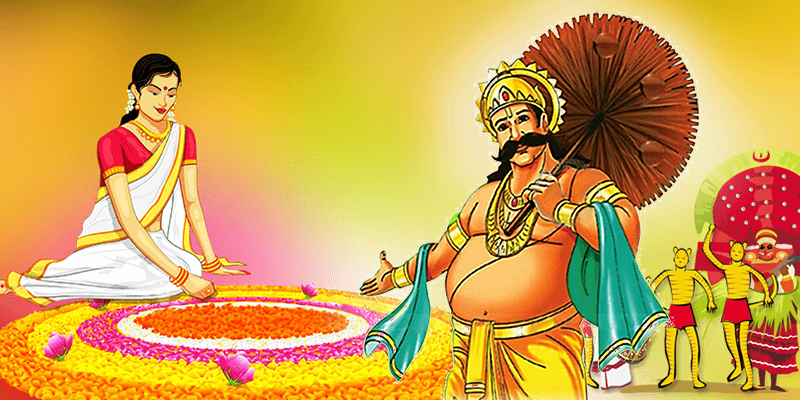
Vamana then revealed into Vishnu’s giant Trivikrama form, taking all of heaven in one step and earth in second. While Mahabali was performing Ashvamedha Vedic yajna to celebrate his victories and giving away gifts to everyone, Vamana approached him and asked for “three steps of land”. He used a tactical approach instead and incarnated as the dwarf Brahmin avatar, Vamana. Vishnu refused to join the war or kill his own devotee Mahabali. The suras (Devas) approach Vishnu to save them. After many wars, the invincible Bali had won the heaven and earth. The amrutam allowed his associates to bring him back to life after his death in one of the wars between suras and asuras. Mahabali also temporarily possessed the amrutam (nectar for eternal life) obtained by the asuras by trickery. As known to all, the Gotras were defined specifically to allow genetically disease / retardation superior genes to be propagated through male lineage. As they were born of male lineage of the famous Rishi Kashyapa their gotra was named ‘KASHYAPA’ Gotra. Virochana was father of Mahabali, and Mahabali was crowned king and known as a just ruler and beloved of his subjects. Hiranyakashipu was son of the famed Rishi Kashyapa and Diti, Prahlada the son of Hiranyakashipu and Kayadhu, and his wife gave birth to son was who was called Virochana. They particularly persecuted the suras and the Brahmins. Mahabali is described in Puranic History as a benevolent and generous king, but violent and surrounded by asura associates who abused power. It was the VARNA system that flourished then which is not a caste system as propagated by Hindu haters of now (unfortunately whose ancestors were Hindus and would be ashamed of them if they were alive).

Hindu history has been peppered with magical stories for the simple reason that the knowledge of texts and books were confined to learned class VARNA and the major population being illiterate were not privy to factual dates and therefore the magical element helped the general populace to understand, retain and relate their social identity to the legend. The four seasonal festivals namely Shravani, Vijayadashmi, Deepavali and Holi are meant for Brahman, Kshatriya, Vaishya and Shudras. These eight sages are called gotrakarins, from whom all 49 gotras (especially of the Brahmins) have evolved, and every Brahmin anywhere in the world will trace his ancestry to this 8 groups.

To this list, (8) Agastya is also often added. They are (1) Gautama Maharishi, (2) Bharadwaja, (3) Vishvamitra, (4) Jamadagni, (5) Vashista, (6) Kashyapa and (7) Atri. Mahabali belonged to the ‘KASHYAPA’ Gotra which is originally one of the eight primary gotras (clans) of the Brahmins, being derived from Kashyapa, from whom the eponymous gotra Brahmins believe to have descended. His legend is also a part of the annual Balipratipada (fourth day of Diwali) festival in the States of Gujarat, Maharashtra, Karnataka and Onam festival in the state of Kerala, India. There are many versions of this legend in ancient texts such as the Shatapatha Brahmana, Ramayana, Mahabharata and Puranas. 11,160 BCE in the Lands now called as Kerala. In all probability, the Vamana-Mahabali anecdote belongs to the era prior to the arrival of Parashurama in North Kerala.

According to legends, this festival is celebrated in the memory of King Mahabali who promised to return to Kerala every year. Sangam literature informs us that the great Pandyan king Nedunchelian (1850-1800 BCE) celebrated Onam or Thiruonam festival.

This year Onam is celebrated from 12th Aug (Hasta) to 25th August 2021 (Sravana). Evidently, Indian Asura tradition and Zoroastrian Asura tradition had the common origin. Interestingly, Jamshed-i-Nawroz is also celebrated for 13 days from Farvardin 1 to 13. It has been celebrated since last 11,100 years in Kerala in the honor of the beloved King Mahabali who was a just ruler and beloved of his subjects, the time when only the Hindus and followers of Sanatana Dharma existed in this land called Jambudwipa. Onam, celebrated for 13 days, begins with Hasta Nakshatra and ends with Sravana nakshatra. This festival is celebrated when Sun is in Simha Rashi. The Onam festival is the most popular festival of Kerala. Onam: Celebrated by Indians since 11150 BCE Connection with Nawroz


 0 kommentar(er)
0 kommentar(er)
